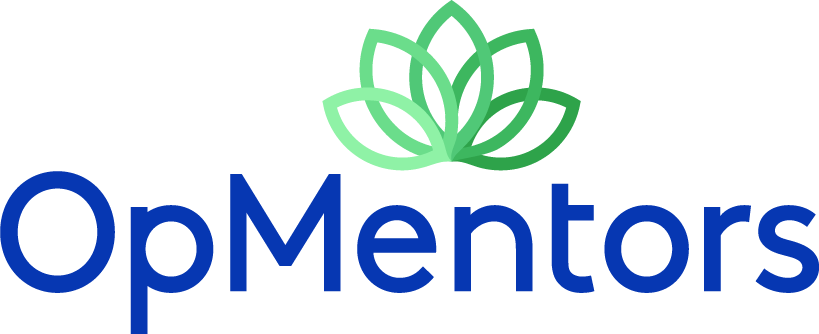With enterprise resource planning (ERP) software like FinancialForce, you know life will be easier soon for you and your team.
But where do you start?
FinancialForce has so many offerings to get your back office running efficiently, but it’s hard to know what processes and optimizations to tackle first.
We understand. We ask our clients some basic questions to determine which steps to take first in their ERP journey, and today we’re sharing them with you! They’ll help you know what to prioritize when optimizing ERP software for your business.
1. What are the pain points in our processes for delivering a service?
A pain point is a recurring problem that inconveniences or frustrates your employees or customers.
We know any organization will always have bumps along the way, but dream with us a moment — what would your “business utopia” look like? In other words, what pain points would be absent? Now, grab a pen and paper and jot those down.
Pain points are what you want to address first when beginning your journey with ERP software.
Frequent pain points for our clients include low visibility into resourcing, utilization calculations, and project financials. You’re also probably frustrated if all of your data is in separate spreadsheets instead of one unified system.
When you identify your pain points, you know what to prioritize when optimizing your ERP solution.
2. Who will utilize this software and what’s their bandwidth for learning a new ERP solution?
Learning a new ERP solution like FinancialForce requires time and dedication. We recommend identifying an expert from each department who’s familiar with its subject matter and processes. They should also have the margin in their schedule to learn the ropes of a new system.
The department experts you choose should be able to understand and articulate 1) the company’s vision for implementing the new tool and 2) its goals when optimizing the solution for its processes.
Their feedback will be vital during the phase of analysis, which occurs right before you roll out the new solution in your organization. They will be the best people to refine these processes before they’re finalized, and you’ll also want them to measure and report the benefits and growth thanks to your new ERP solution.
3. What high-impact problems do we need to address with our new ERP software?
We’re not talking about pain points that frustrate employees and customers when we ask clients this question. We’re talking about glitches in your organization’s processes that cause major problems like revenue leakage or profit erosion.
Once you identify the inefficient processes affecting your bottom line, you’ll know which ones to tackle first when implementing your new ERP software. Do you need to shorten the billing cycle for projects or track project financials with greater precision? Are price lists and vendor inventories regularly updated? Do you need more accuracy when it comes to the time employees track on projects? Do you need to improve utilization rates?
You can’t address every high-impact problem when getting started with a new ERP solution, but asking these questions will help you identify and focus on the major issues first. If you choose to work with OpMentors and make a list of these problems, we’ll help you create a roadmap for addressing them in the order that makes sense for your company.
4. How will you handle management changes within your company?
Changes in management are inevitable, and learning a new system takes a lot of time and effort until your team gets the hang of it. Before you roll out your new ERP software, you should ask this question so you’re prepared when changes in leadership take place.
Last week we told you about our new partnership with Spekit! We’re creating “speks” for FinancialForce and implementing them with our clients. Speks offer contextualized, in-app information — like detailed definitions, training videos, and additional instructions — about various objects, fields, and topics!
Speks are a great way to quickly onboard and train new employees. Read last week’s blog here to learn more.
5. How will you evaluate the success of your ERP solution?
Learning and implementing a new ERP solution requires a lot of hard work, and you should celebrate your success! But first you must determine how you’ll measure that success.
What would “success” look like for your company? How will you document your return on investment and small victories along the way?
After investing in FinancialForce and a little help from OpMentors, many of our clients tell us their finance and services teams save a lot of time and energy now on manual reporting. Because all of their data is in one place, their profits increased, and they’re able to make decisions with confidence about the future of their company.
When you’ve always done things one way, implementing new ERP software like FinancialForce can be overwhelming. Asking these 5 questions will relieve some pressure and get you started on your ERP journey. OpMentors is always here to help you answer these questions too and get your ERP solution up and running. Schedule a call today, and we’ll work through these questions together and make FinancialForce work for your organization.

